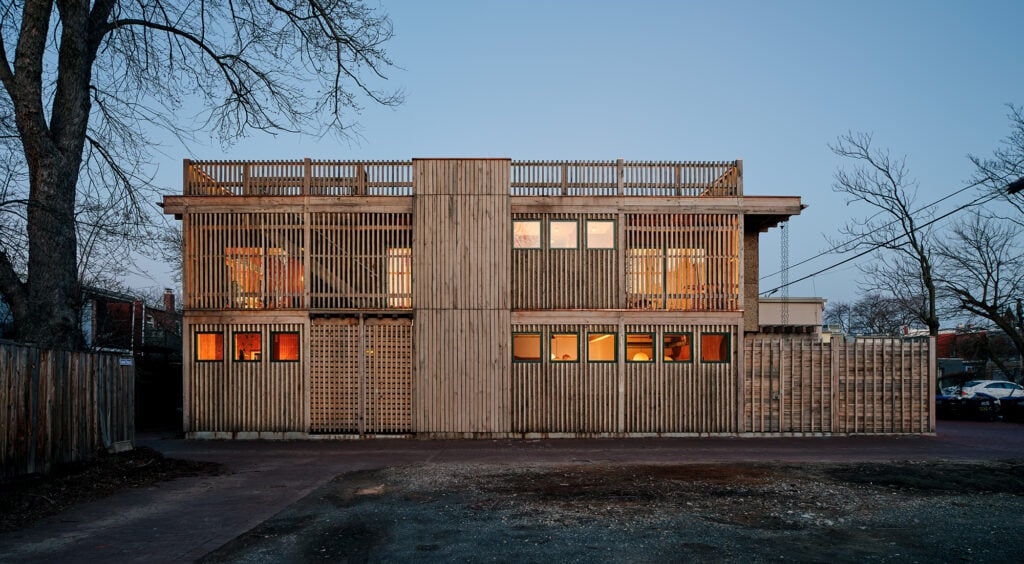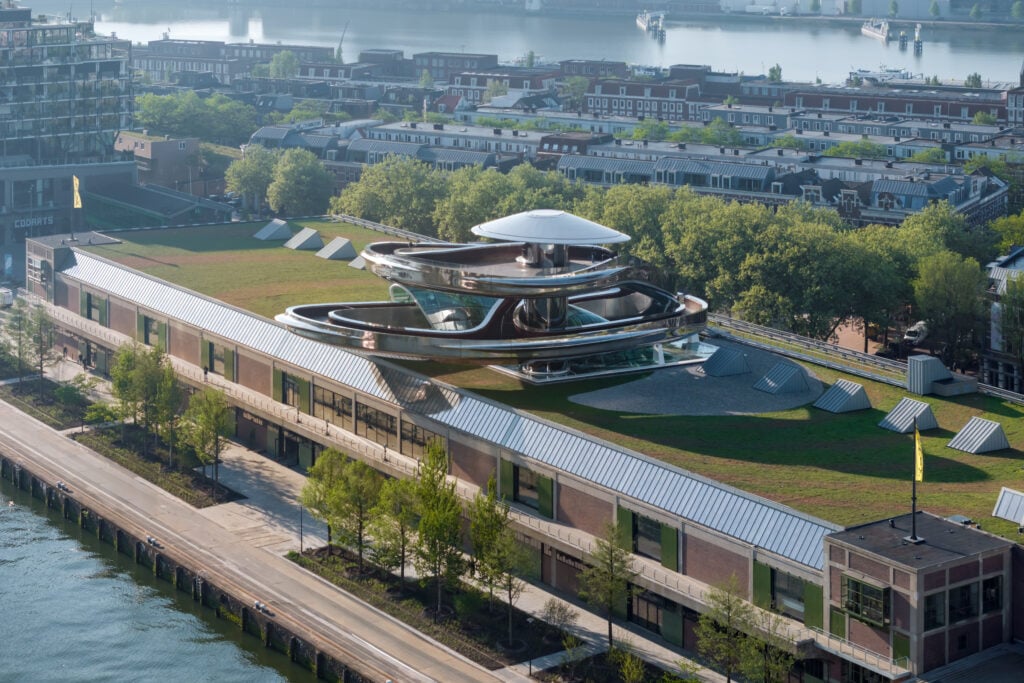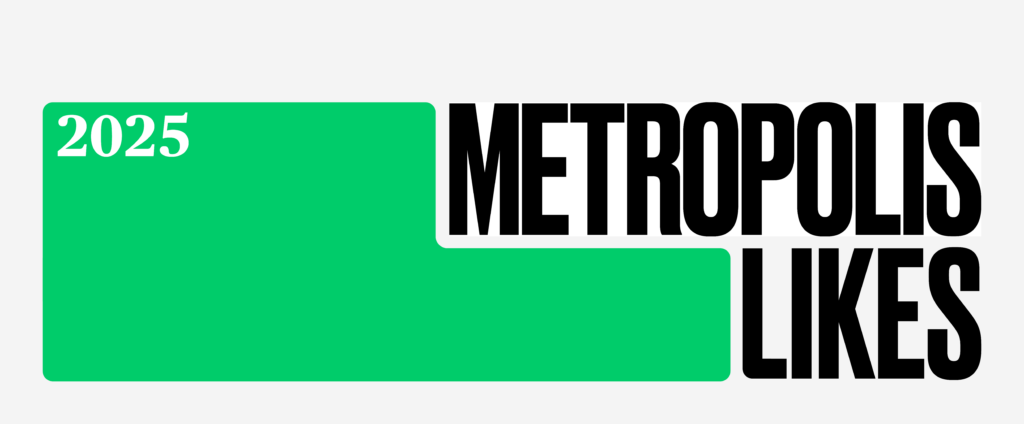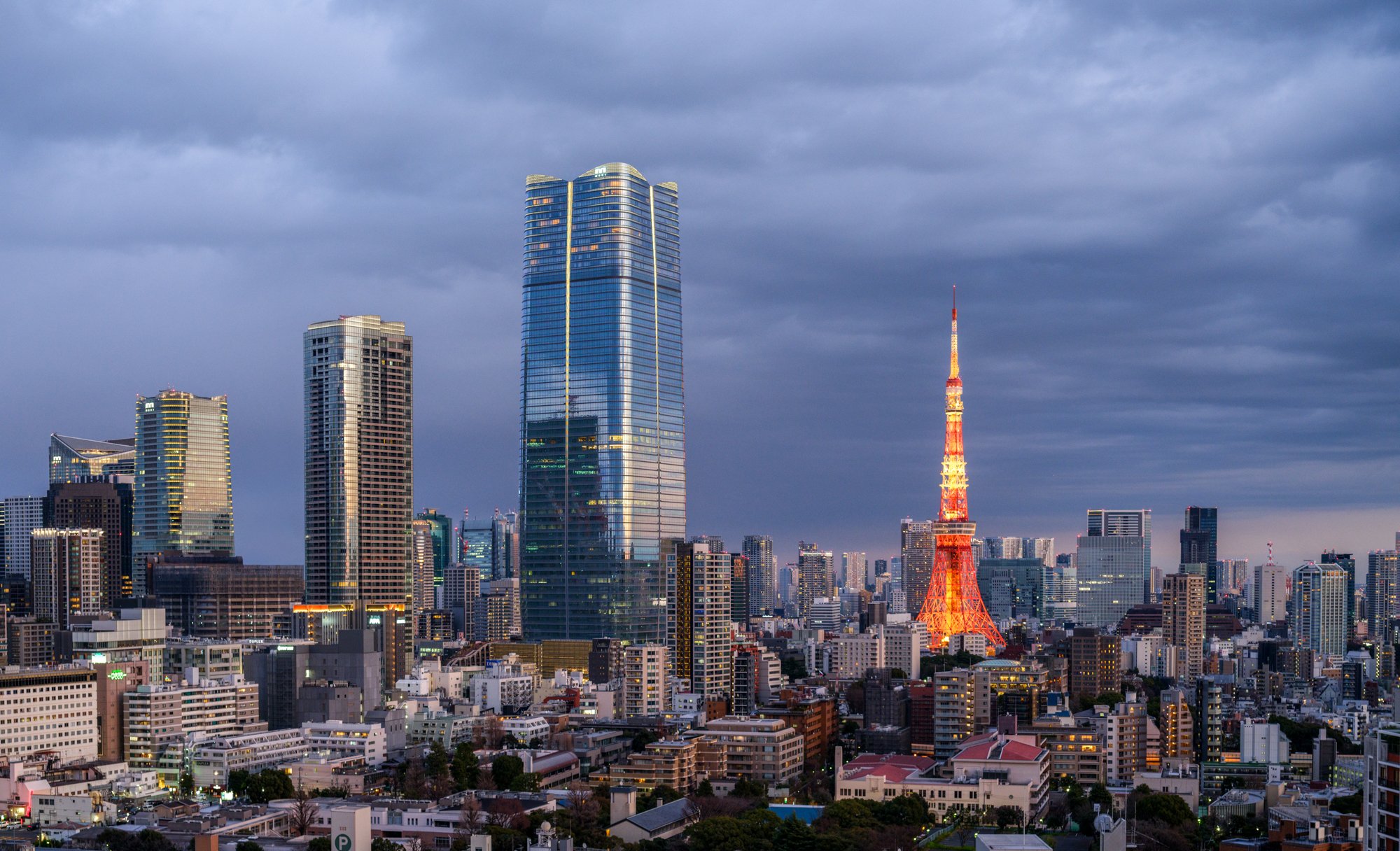
May 29, 2024
Is Tokyo’s New Skyscraper a Turning Point in Japan’s Real Estate?

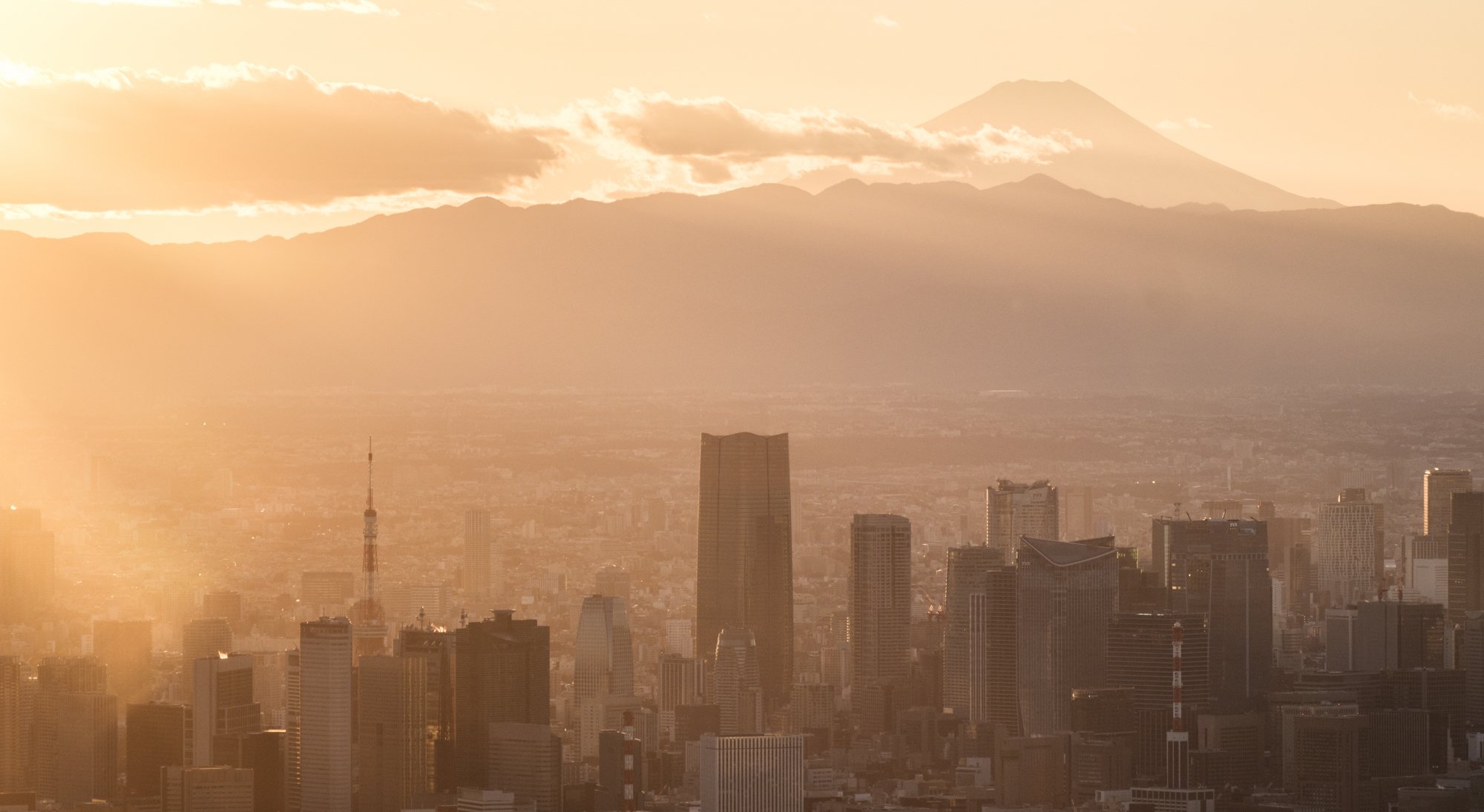
An inverted design pattern
That’s part of what the new Mori JP Tower is responding to—and attempting to influence. “Most of the buyers here are Japanese,” says Masakatsu Yamamoto. “I’d say more than 85%.” As a senior manager at the Mori Building Company, Yamamoto has helped guide what is perhaps the most ambitious endeavor yet from the storied development firm, the latest in a string of enormous mixed-use projects that have transformed Tokyo over the last two decades. The Roppongi Hills complex, completed in 2003, with a high-rise by KPF; Toranomon Hills, with its OMA-designed Toranomon Station Tower just opened last year; and now, Azabudai Hills, three towers in all, plus a whopper of a landscape scheme from British celebrity architect Thomas Heatherwick: as resources and population continue to flow into Tokyo from rural and suburban prefectures, the Mori brand is giving them all somewhere to go.
It’s also giving them, crucially, a new direction to go in: up. “People here usually want to live closer to the earth,” says Pelli Clarke partner Mitch Hirsch. Illustrating the point, the Mori Company has created an impressive, 1:1000-scale diorama of the city at their corporate headquarters: the detailed mockup shows a metropolis more horizontal than vertical, a sea of tiny single-family homes and modest commercial holdings interrupted by small islands of newer high-rise development. Mori and Pelli’s developments represent a noticeable break with that pattern, even as they have attempted to respect its logic — in a previous project, the Ark Hills Sengokuyama Mori Tower fro 2012, Pelli Clarke was obliged by their client to place the apartments on the tower’s lower floors and the workspaces above, a total reversal of the Western norm. “You’re not going to totally change the culture here,” Hirsch’s colleague (and firm cofounder) Fred Clarke says. “You have to let the culture change you.”

A tower as a gentle giant
Changes, however, are afoot. Assembled from about 300 of those former small holdings, the broader Azabudai campus sprawls across 20 acres in the city’s bustling Toranomon neighborhood on an elongated butterfly-shaped site whose irregular terrain gives it its title. Yet most of the visible “hills” are synthetic: Heatherwick’s landscape creates an artificial ground level through which portions of the surrounding service roads pass through deep, valley-like depressions; up top, visitors wind their way through a pedestrian-friendly landscape of pristine lawns and flower beds, interspersed with impressive pavilion structures—great loops of glass and concrete, with plantings continuing over their mountain-ish humps—that operate as entryways to the vast warren of retail in the base. The underground passages also connect the two pendant towers (containing hotels, restaurants, and more residences) to their larger sibling, standing like a big punctuation mark at the complex’s southern perimeter.
“It’s got this beautiful, very soft curve,” Clarke explains. “There are actually names for it.” Dating back centuries, the mikori and sorri are delicate, arching lines frequently seen in traditional Japanese gabled roofs; the Mori JP tower intimates the same form in profile, fattening about one-third of the way up before narrowing again towards the top. The effect is to make it seem a bit of a gentle giant—a Totoro of sorts, familiar and benevolent—not a bad impression to make on a citizenry that remains somewhat wary of tall buildings. The whole Azabudai project, in fact, seems remarkably eager for approval: from the social media-friendly shopping concourse belowdecks, to the verdant Sou Fujimoto-designed street entrance to the main tower, to the Brutalist-but-glam school building (also from Heatherwick) tucked discreetly behind one of the ersatz hills, the plan appears to have been geared to present Tokyoites with an attractive vision of a greener, denser future.

Privately-owned oases in the middle of the streetscape
To judge from the crowds that coursed along the pathways on a recent afternoon, the locals certainly seem to be buying what Mori and Pelli are selling. Since Mishima’s day and earlier, Tokyo has been a city with a surprisingly meager quantity of open, shady, amenity-rich public space: only 7% of the capital’s total area is parkland, compared to 14% in New York and 20% in London. As Tokyo continues to swell in size (a dynamic now being redoubled by a recent spike in foreign immigrants, unprecedented in famously insular Japan), Azabudai might offer a foretaste of a new, more livable urban model—albeit one that comes with a troubling asterisk. “It’s inorganic, top-down,” says Jorge Almazán: as he points out, Mori’s public spaces are more Mori’s than the public’s, privately-owned oases in the middle of the streetscape. With every new project, every new high-end retailer, and every luxury condominium, the slow-motion crisis of the country at large continues to arise. “When you build something new here,” says Almazán, “somewhere else is simply going to empty out.”
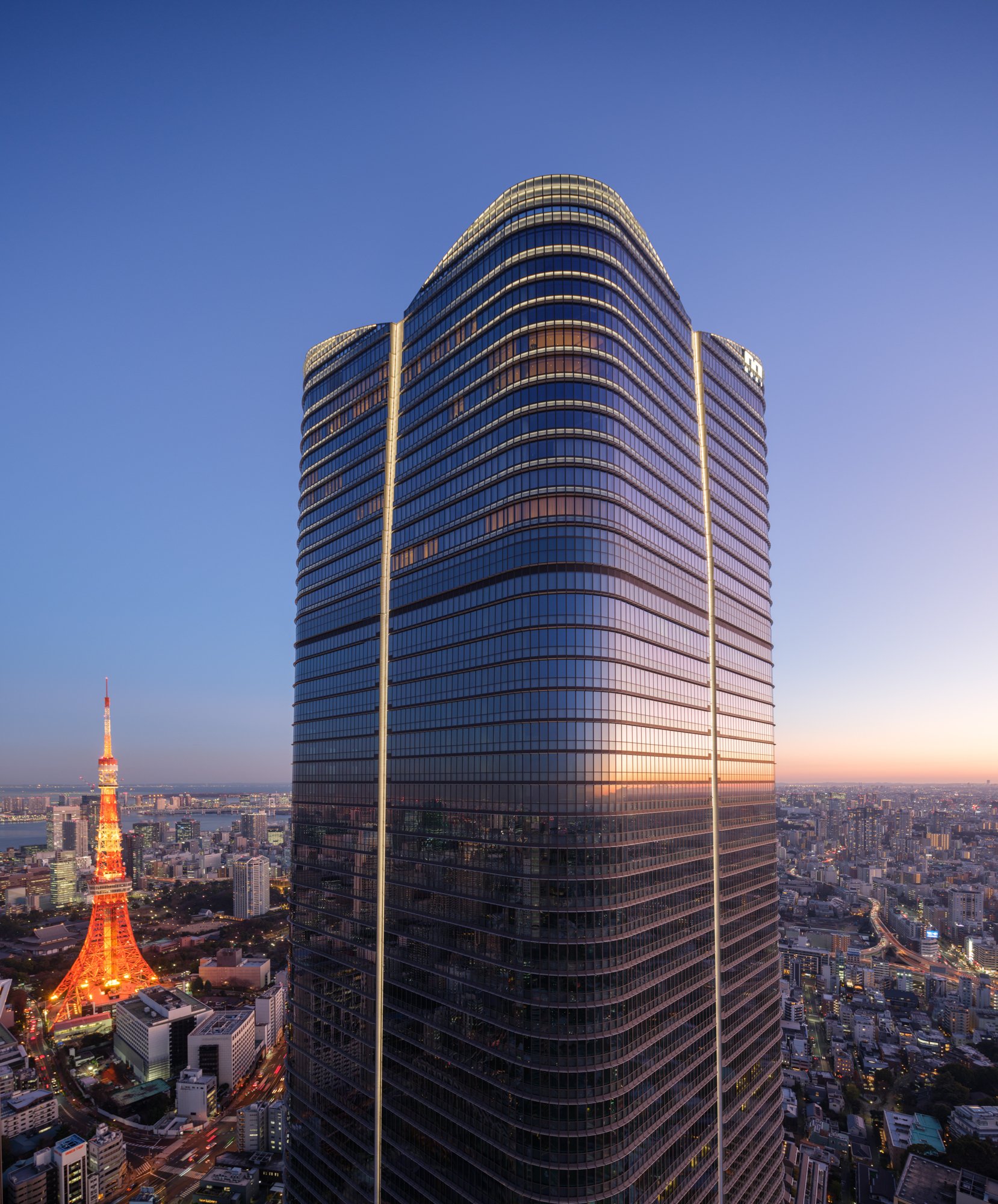

Would you like to comment on this article? Send your thoughts to: [email protected]
Latest
Profiles
BLDUS Brings a ‘Farm-to-Shelter’ Approach to American Design
The Washington D.C.–based firm BLDUS is imagining a new American vernacular through natural materials and thoughtful placemaking.
Projects
MAD Architects’ FENIX is the World’s First Art Museum Dedicated to Migration
Located in Rotterdam, FENIX is also the Beijing-based firm’s first European museum project.
Products
Discover the Winners of the METROPOLISLikes 2025 Awards
This year’s product releases at NeoCon and Design Days signal a transformation in interior design.



